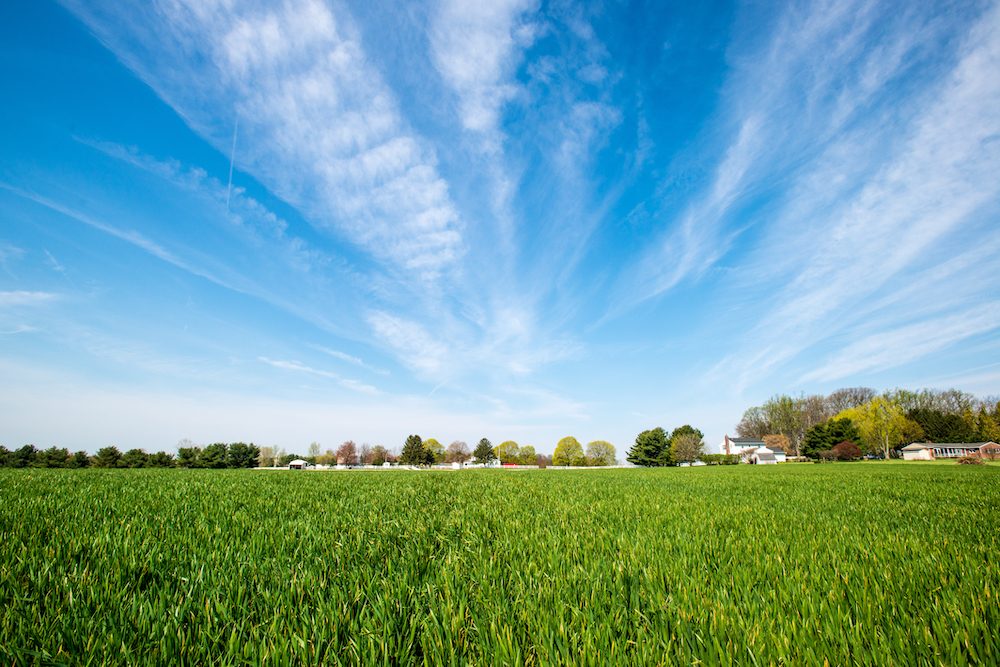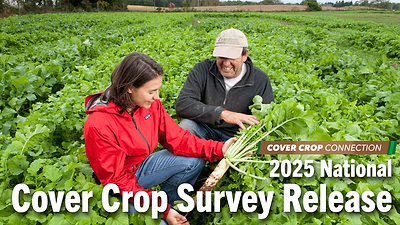When it comes to seeding cover crops on prevented-planting acres, there are lots of details for growers to consider — including what to plant and how long to let it grow.
NRCS conservation agronomist Eric Barsness of Brookings, S.D., shares four important questions that each grower should ask themselves before making decisions about prevented planting ground:
1) What do you plan to plant for next year’s cash crop?
If you know what your plan is for next year, you can determine how much — if any — tillage to do in a specific field when prevent planting. Barsness recommends that any tillage should only be 1-2 passes, just enough to make the ground “plantable.”
2) What is your purpose for prevent planting?
“Weed control should be your number one priority,” Barsness says. “Seed covers the same day that you do any tillage to get ahead of waterhemp.”
If you want to add covers crops on prevent-plant acreage to mitigate erosion, Barsness suggests not haying the plants. The cover crop mix should be diverse, with at least 10 species, but limited on brassicas.
“You also shouldn’t hay if you’re wanting to build soil health or increase organic matter,” Barsness says.
Minimizing compaction is another goal for many growers. If this is your goal, he says, then hay the crop or use it for haylage.
Barsness recommends that South Dakota growers plant a mix of millet and sorghum-sudangrass. A week after burndown is an adequate waiting period before harvesting covers. Any covers seeded on prevent-planting acres after July 15 most likely will not go to seed before cold weather sets in, according to Barsness.
One caution when harvesting any covers for livestock feed — make sure to check with your crop insurance provider about the allowable date for harvesting that crop, Barsness notes.
3) Will this cover crop overwinter?
Whether you terminate your covers in the fall or spring, you need a plan for the timing.
“Cereal rye or winter wheat are good crops for overwintering,” says Barsness.
4) Will you plant warm-species cover crops or not?
Planting warm-season species will determine when that prevent-planted crop is seeded, according to Barsness. Warm-season covers shouldn’t be seeded before Aug. 10 in South Dakota, he says.





